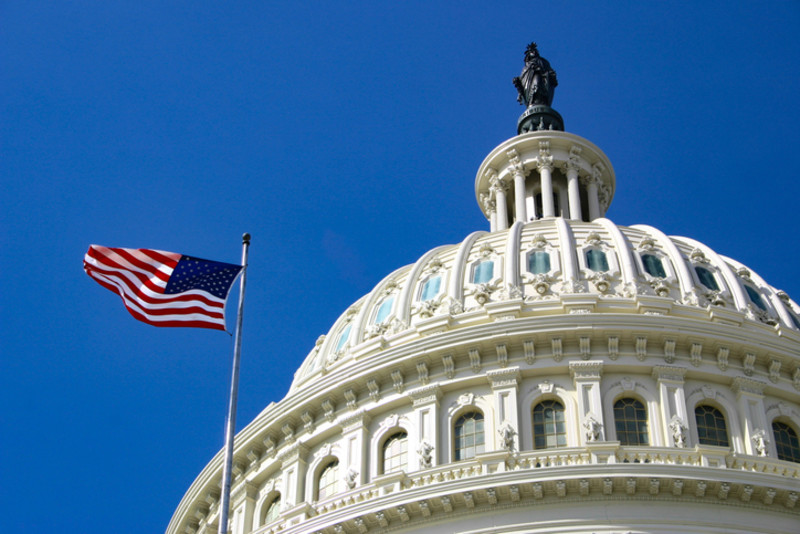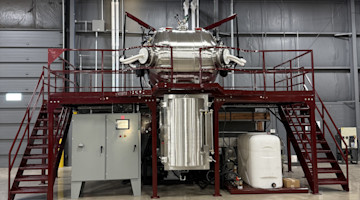In a flurry of activity before the August recess, Congress finally approved the bipartisan funding package to boost semiconductor production in the United States and counter China’s competitiveness in advanced technologies.
The Chips and Science Act of 2022 (also referred to as CHIPS+) includes more than $52 billion in direct financial assistance for constructing or expanding semiconductor manufacturing facilities in the U.S. It also adds a 25% investment tax credit plus other provisions to encourage domestic chip manufacturing.
There’s also a second component to CHIPS+ that authorizes more than $150 billion over the next five years for advanced technology development, commercialization, and adoption across several federal departments and agencies, including the departments of Commerce, Energy, and Defense, the National Institute of Standards and Technology, and the National Science Foundation. It authorizes an expansion of the MFG USA network, the creation of 20 regional technology hubs, and a tripling of the MEP budget.
Amber Thomas and Harry Moser discuss the impact of the package, the components of an effective industrial policy, and what’s necessary to make the U.S. competitive in the short and long term.
To talk to Harry in person, stop by The Onshoring Project (TOP) exhibit #236600 at IMTS 2022. It’s a spot where OEMs, subcontractors, and job shops will convene on achieving and maintaining agile supply chains for North American companies.





